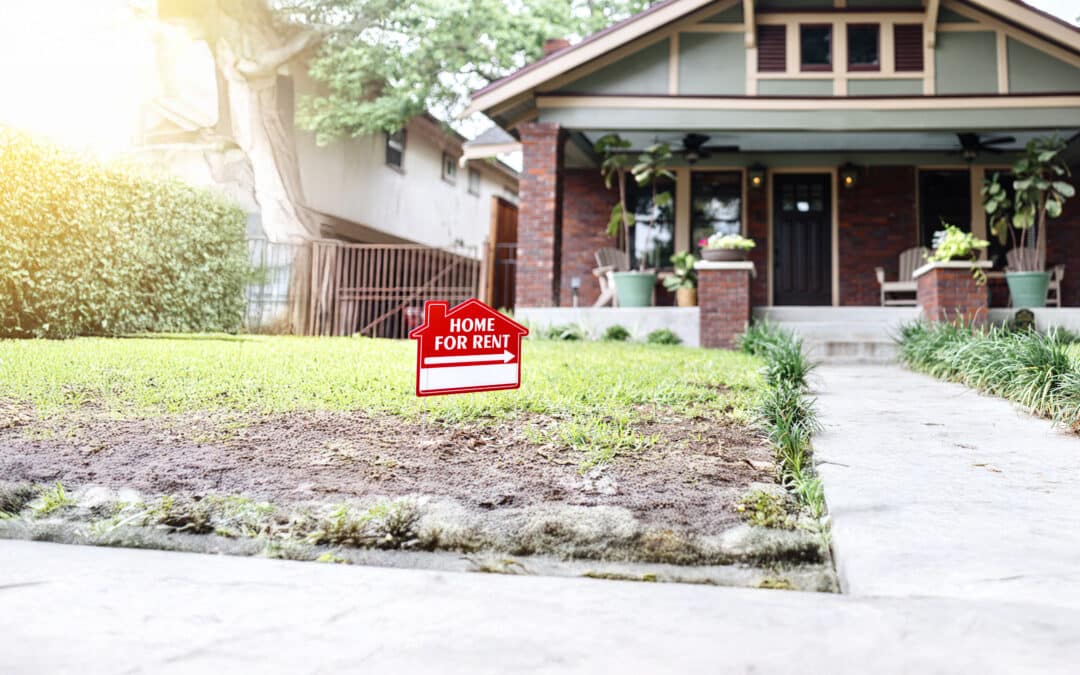The story of the Three Little Pigs features a BIG, BAD WOLF who is always huffing, puffing, and threatening to, “BLOW Your House Down!” It could be a tale about three investors that we can learn from.
The Greedy Pig
The first pig is greedy and wants to keep more of his money to himself. He wants the cheapest possible house with ROIs and CAP rates that soar paper. For this pig, they are impossible to pass up. He buys an inferior product—a straw house. He clearly hasn’t done his demographic research. He gave no attention to things like crime, poverty levels, vacancy rates, income levels, or education levels. When the wolf comes huffing and puffing, this little pig quickly learns that investing in D and F areas leads to loss rather than profit. He is forced to run to his brother’s house for safety!
The Surprised Pig
Our second investor pig has done a better job, building his house out of sticks. it cost more and the returns didn’t look quite as good on paper, but the neighborhood is better and there is some appreciation. His home needs less maintenance and attracts a better tenant in a better neighborhood.
In the end, however, the wolf still comes knocking. A C+ neighborhood can dip to C- and then D or F. Structural obsolescence and expensive capital upgrades can reverse even the highest returns. Because the second pig wasn’t watchful, he met with a big surprise when the wolf came knocking. In the end, both the greedy pig and surprised pig were forced to think again about their investments.
The Profitable Pig
Our third pig invested for the long-term. He knew tenants would pay for his home over time and that wealth is built from appreciation and cashflow combined. This led him to build a brick home in a B or B+ neighborhood. While more expensive up front, the mere fact that his home and neighborhood were more desirable, proved his strategy to be wise.
He was watchful and looked at demographics, employment, and population trends; and by buying at the low point of the market and doing the right amount of renovation, this pig created an asset that everyone wants. Not long after his bothers’ greedy and surprising investments left frowns on their faces, the profitable pig realized that buying the higher-class asset was the best way to build wealth.
The Moral of the Story
As you consider which asset classes to invest in: A, B, or C, please consider neighborhoods, schools, demographics, growth, gentrification, and more. Solid investment homes can be in any asset class. But if other factors discussed here are ignored, those same classes can yield straw and stick investments as well.
Having someone with the experience and market knowledge to help you along the way is a great way to get a head start on the many wolves that threaten our investment success. I invite you to consider investing in yourself as well as properties by taking my five-week self-paced course on investing. At only $495, any profit-minded pig would want to participate!
To learn more about ROI Turnkey Properties visit roiturnkeyproperties.com.
























0 Comments